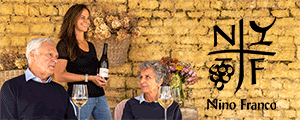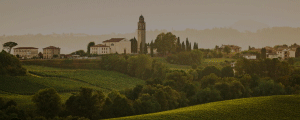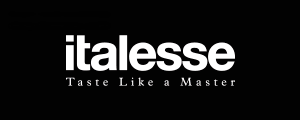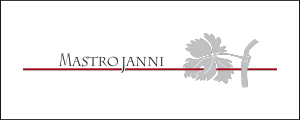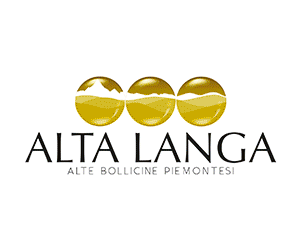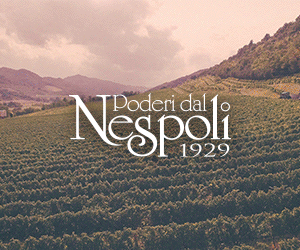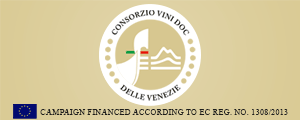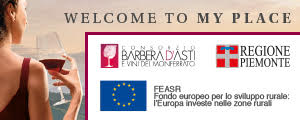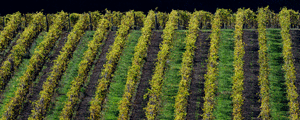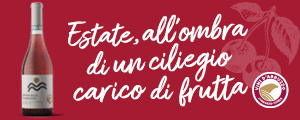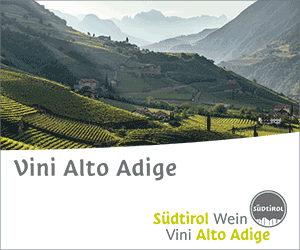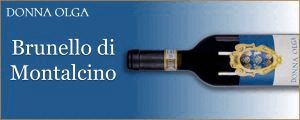A new generation of consumers is emerging in Italy who show great interest in wine, are willing to spend and have a strong attraction to organic wines, wines low in sulfites, lower alcohol content, slightly lighter and more digestible. They are young people under 35 who are willing to spend up to 50 euros a bottle for these types of wine. This is one of the most conspicuous results that emerged from the annual market study carried out by Vinitaly in collaboration with the market research company, Unicab.
Since 2006, Vinitaly and Unicab have been surveying wine consumption in two very specific market areas: restaurants and high-end stores (wine shops, wine shops & cocktail bar) and consumers. This is one of the most comprehensive studies carried out that allows one to monitor the behavior evolution in the field of wine.
"This year's study is extremely important,” says John Brunetti of Unicab, “because it is the first study on market trends after the "great crisis", highlighting the strategies adopted to limiting or overcoming the effects of alcohol, the impact on consumption of beer and soft drinks and, on the consumer side, the combined anti-alcohol economic and political crisis".
The pessimistic impact of the crisis, which forced reducing consumption outside the home, seems to have slowed down, but the survey shows a further drop in individual consumption. This drop is motivated, however, not by economic or policy-related anti-alcohol reasons, but by an increased interest in health and new consumer habits.
It is no coincidence that the wines the "new" consumer intends to buy in the next month refer explicitly to products with lower sulfites, low in alcohol content and organic, and that the consumer wants to get to know through tasting evenings or dinners.
This is a well-defined and specific interest confirmed by the growing number of organic producers.
The behavior in this year’s study showed a marked difference between consumers by age: the under 35ers reign at restaurants, wine shops and wine bars; over 35ers up to elders, are primarily domestic consumers and their purchasing decisions are directly related to their available budget.
"The under 35ers,” Brunetti stated, “are a good base on which to "build" stable consumers in the near future: their interest in finding new products, learning and being informed is very high indeed, and they would above all like to try new combinations with food. This is a "mature" interest, far from outrageous fads, which looks for and relies on the ”guide-figure” on the premises to select or learn about wine and its correct pairings".
As for "competition" with soft drinks, the sample remained "faithful" to wine. The exceptions are not drinking at lunch or after dinner for designated drivers. So it’s really a "co-existence" not a "competition". Consumers have shown a certain degree of optimism, but those on the other side of the counter are still somewhat perplexed. At least it’s a point of departure. The basic steps to entice one to drink wine are all at hand: the updated wine list, attention to customer requests, wine by the glass, specialized staff available to customers. Plus developing theme nights and wine tasting, or creating / presenting online menus with your own selection of wine.
The sample surveyed prefers to purchase wine directly from the winery, but is also satisfied with purchasing wine in large distribution stores. The risk of finding "photocopies" in the stores is avoided because managers, who want to be more knowledgeable about the product, visit wineries and fairs.
What other strategies will be adopted in the coming months? "The survey,” Brunetti replied, “shows a willingness to invest in training their staff; develop the offer for local wines; a greater attention to price and a wider selection of wines placed in the cellar to speed up rotation. Finally, in tune with what consumers are requesting, offering them more digestible and lighter wines, low in sulfites and alcohol content”.
Copyright © 2000/2024
Contatti: info@winenews.it
Seguici anche su Twitter: @WineNewsIt
Seguici anche su Facebook: @winenewsit
Questo articolo è tratto dall'archivio di WineNews - Tutti i diritti riservati - Copyright © 2000/2024














































